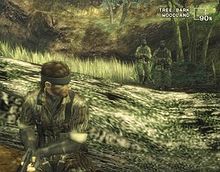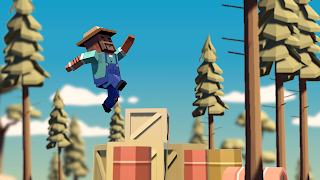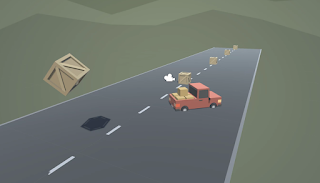Game Decisions

Metal Gear Solid 3: Snake Eater - Wikipedia This weeks readings focused on a concept called "flow theory". It seems to focus a lot on the player using game dynamics to achieve goals within a game and keeping the player engaged. It is a state that I have found myself in quite a few times, and it is interesting to me that this is something that game developers take into consideration when creating a game. It seems that keeping a player engaged is very important. However I feel that most modern games focus on introducing a player to game flow at the beginning of their games, slowly teaching the player how to engage with it, which is great when the player is playing the game for the first time, but I feel that having to reintroduce players to game flow on another playthrough can be a hindrance, that's why I think that games should give players all the gameplay opportunities possible at the start of the game to keep them engaged longer.






